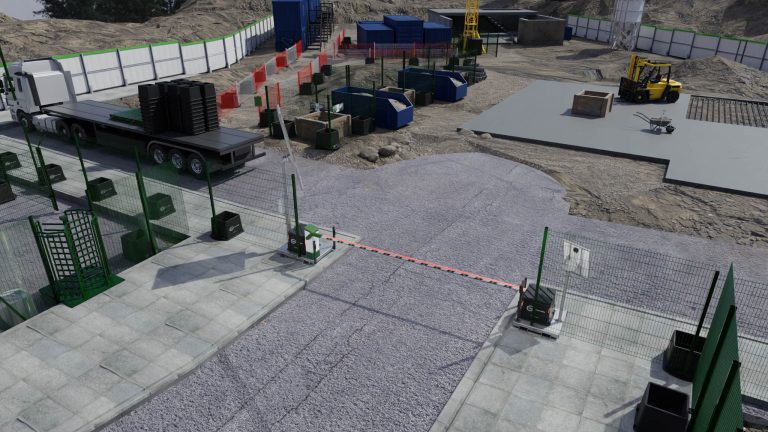By Rhys Richardson, Business Development Director – CLD Systems In an era marked by growing environmental consciousness, industries are actively seeking innovative ways to embrace sustainability. However, one sector that has often been overlooked in this context is security. Nevertheless, a transformative shift is currently underway, reshaping the security industry’s approach to sustainability. The journey to transform the security industry into a sustainable powerhouse is not without its challenges. For CLD Systems the primary hurdle lies in garnering support from its stakeholders and ensuring that sustainable solutions are viewed as valuable investments rather than burdensome costs. Overcoming this obstacle requires collective efforts to integrate sustainable practices throughout the industry, promoting product reuse and longevity, while dispelling the misconception that sustainability compromises profitability. Driving the security industry towards sustainability requires designing sustainable products and solutions from project inception and allocating adequate budgets for them. By embedding sustainability as a core consideration, the industry can proactively implement sustainable solutions on a wider scale. Achieving this vision requires collaboration among all stakeholders and a commitment to challenging the status quo. The increasing priority placed on sustainable solutions by customers across various industries has begun to influence the security sector as well. While larger projects have made notable strides in adopting sustainability, there remains untapped potential for smaller ventures. CLD Systems, the leading UK manufacturer and supplier of rigid mesh fencing and security gates, showcases its commitment to sustainable solutions with the integration of its On-Ground FenceSafe product during the construction phase of projects. Made with a 100% recycled base and 78% recycled steel, this product serves a dual purpose. It can be used during construction and then converted into a permanent fenceline or easily deployed on the next project, showcasing the versatility of such solutions and promoting positive sustainable outcomes. By utilising recycled materials, CLD Systems not only showcases the versatility of sustainable solutions but also significantly reduces carbon emissions and waste generation, making a positive impact on the environment. The On-Ground FenceSafe is positioned directly on the ground, eliminating the need for physical tools, streamlining operations whilst minimising resource consumption. This approach effectively minimises environmental impact and lowers carbon emissions. The shift toward sustainability in the security industry is driven by customers’ heightened awareness of environmental issues and their desire to align their projects with sustainable values. This growing demand underscores the changing landscape of customer expectations, where sustainability is a crucial factor in decision-making processes. More clients are now seeking BREEAM excellence, the world’s leading science-based suite of validation and certification systems for sustainable built environment. This places a significant responsibility on CLD Systems as manufacturers to challenge the status quo and provide innovative, sustainable solutions. To achieve this, CLD Systems collaborates with contractors who operate zero-to-waste schemes, further reinforcing its commitment to sustainable practices. In response to the ever-evolving nature of the security sector, CLD Systems has emerged with a solution that aligns with sustainable principles: rental options. This approach offers clients greater flexibility while minimising waste. The RiseMaster HE Barrier, an automatic boom arm barrier system powered entirely by solar energy, exemplifies this commitment. Featuring primary and secondary photovoltaic panels, it eliminates the need for road crossing control cabling during installation, reducing environmental impact and carbon emissions. With 24/7 solar autonomy and zero carbon emissions over a 10-year life cycle, it sets a new standard for sustainable security solutions. The integration of Bluetooth connectivity reduces the reliance on physical tools, streamlining operations and minimising resource consumption. As the security industry aligns itself with the broader environmental movement, CLD Systems’ commitment to offering rental solutions and solar-powered innovations paves the way for a greener and more secure future. By embracing collaboration, innovation, and sustainable product design, the industry can make a significant impact in addressing environmental challenges while meeting customer demands for a more sustainable and secure world. To find out more about CLD Systems’ products, please visit: www.cld-systems.com Building, Design & Construction Magazine | The Choice of Industry Professionals










